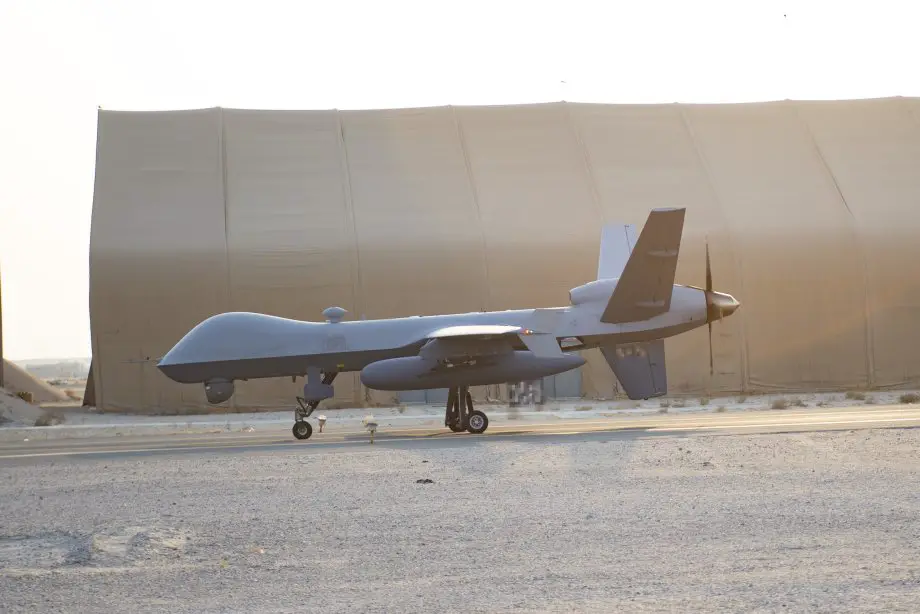Breaking news
German Navy frigate Hessen almost shoots down US drone.
According to information published by Der Spiegel on February 28, 2024, an incident involving the German Navy frigate Hessen and a US drone occurred during the frigate's deployment in the Red Sea as part of the European Union's Operation Aspides, which aims to protect shipping from Houthi attacks.
Follow Navy Recognition on Google News at this link
 An MQ-9 Reaper at Ali Al Salem Air Base, Kuwait. (Picture source: US DoD)
An MQ-9 Reaper at Ali Al Salem Air Base, Kuwait. (Picture source: US DoD)
The German Navy's Sachsen class frigate Hessen equipped with advanced sensors and weapons systems for air and surface surveillance and engagement, mistakenly targeted an American MQ-9 Reaper drone.
In an attempt to shoot down what was believed to be a hostile target, the frigate launched two SM-2 missiles, each costing $2.1 million, but the engagement was unsuccessful.
Comments
At the heart of such incidents is often an identification failure, where military forces rely on sophisticated systems to distinguish friend from foe. If a drone fails to properly communicate its identity, or if the receiving systems on the frigate misinterpret the signals, it sets the stage for a grave error.
Compounding this risk is the potential for communication breakdowns. Effective coordination and clear communication are the backbones of joint operations, yet they are susceptible to failure due to technical glitches, human error, or procedural lapses. Without timely and accurate information about the drone's presence and mission, it might be wrongly perceived as a threat.
The limitations of radar and sensor technology also play a significant role. These systems can sometimes deliver ambiguous data, particularly in environments cluttered with competing signals or in the presence of electronic warfare measures. Operators, faced with such ambiguity, might err on the side of caution and misidentify a friendly drone as hostile.
Technological failures and cyber-attacks add another layer of risk, potentially altering or corrupting the data on which operators base their decisions. Cyber threats, in particular, can make a friendly drone appear as a hostile target, misleading even the most experienced operators.




























